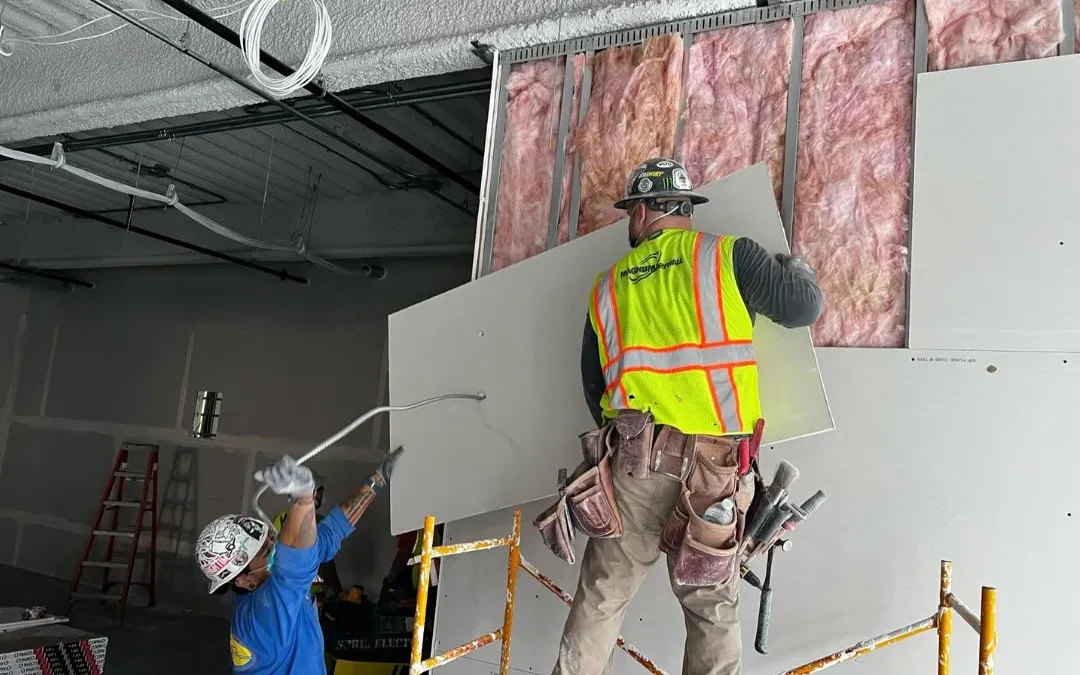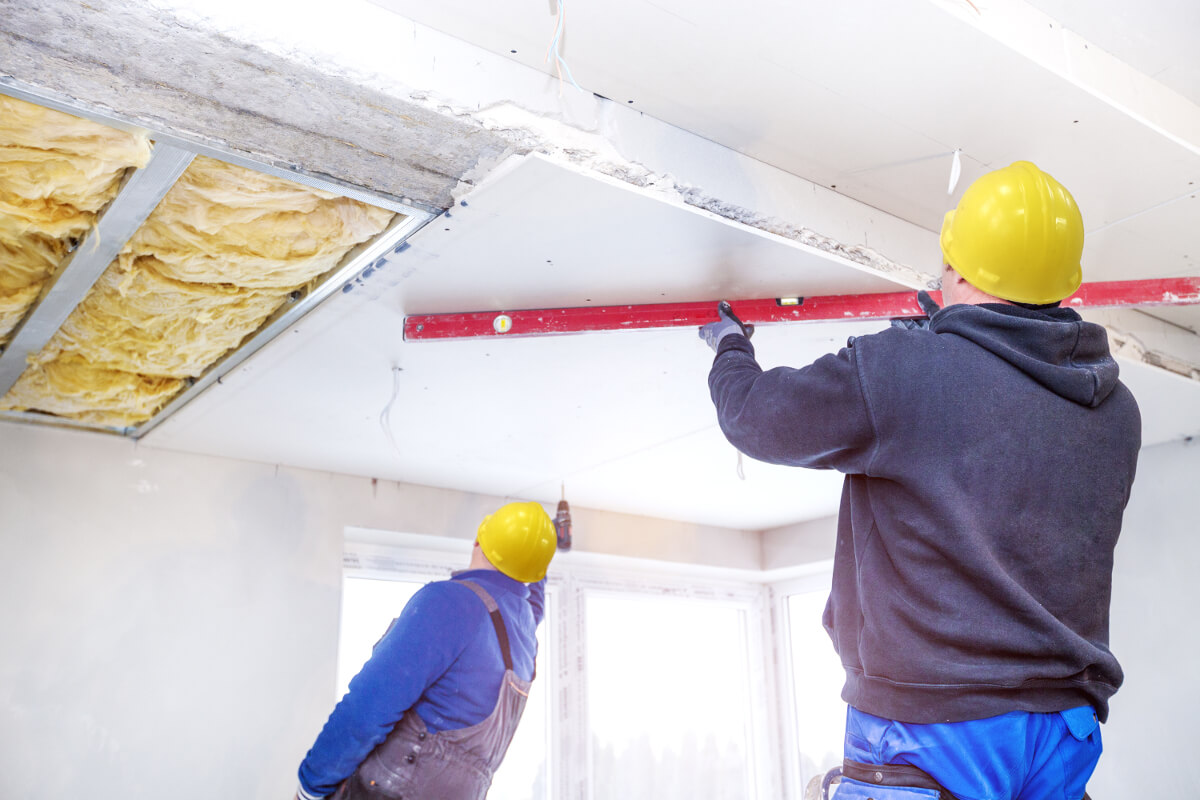Reliable Drywall Repair Techniques to Restore Your Walls
Reliable Drywall Repair Techniques to Restore Your Walls
Blog Article
Total Overview to Dependable and effective Drywall Installation
Drywall setup is an essential element of any type of building and construction or improvement project, demanding a precise strategy to make sure both effectiveness and reliability. Recognizing the vital tools and strategies is vital, as well as acknowledging common pitfalls that can lead to poor outcomes. By systematically preparing the area and applying ideal techniques, one can achieve a perfect coating that stands the test of time. It is necessary to check out the subtleties of each action in the process, as they jointly add to the overall success of the drywall installation. What certain techniques can elevate your strategy?
Essential Devices for Drywalling
When starting a drywall installation task, having the right tools is essential for achieving a professional surface. Vital tools include a drywall knife, tape action, and a T-square, which are basic for exact measurements and smooth cuts. A drywall lift is likewise extremely beneficial, specifically for ceiling setups, allowing for simpler handling of hefty panels.
For attaching the drywall, a cordless drill and drywall screws are necessary. The drill should be equipped with a drywall bit to make certain effectiveness and accuracy. In addition, a key device is the drywall saw, which helps with reducing around electrical outlets and other challenges.

In addition, safety equipment such as shatterproof glass and a dirt mask are vital to ensure individual security throughout the installment process. Using the right devices not just improves the high quality of the installation however also simplifies the process, making the task more reliable overall.
Preparing the Space

Next, analyze the problem of the ceilings and wall surfaces. Repair any existing damages, such as openings, splits, or peeling paint, to ensure a smooth and also surface for drywall application. Additionally, check for electric outlets, plumbing lines, and HVAC ducts, marking their locations to stay clear of complications during installment.
It is likewise essential to gauge the room properly, identifying the dimensions of the ceilings and wall surfaces to determine the suitable amount of drywall needed. Create a comprehensive plan that includes the layout and alignment of the drywall panels.
Setup Methods
Reliable installation techniques are important for attaining a specialist surface in drywall jobs. Correct measurement and cutting of drywall sheets are fundamental actions. Always measure the wall room precisely, enabling for any type of electrical outlets or buttons. Make use of an utility knife for clean cuts, scoring the paper face and snapping the board along the racked up line.
When hanging drywall, begin from the leading and work downward, making sure that the lengthy side of the board is vertical to the framing. Safeguard the sheets with screws instead than nails, which offer higher holding power and minimize the threat of standing out. Area screws every 12 inches along the sides and every 16 inches in the field of the board.
For corners, utilize edge grains to accomplish sharp, tidy sides. When setting up on ceilings, utilize a drywall lift useful site or have a partner assist in holding the sheets in area (drywall repair). Keep a void of concerning 1/4 inch over the floor and ceiling to fit expansion and contraction
Ending Up Touches

Once the tape is in place, it's time to use the initial layer of joint compound, likewise understood as mud. Use a 10 to 12-inch taping blade to spread the compound uniformly over the taped joints, feathering the edges to blend with the bordering drywall.
Enable the substance to dry extensively, typically 24-hour. After drying, sand the surface gently with fine-grit sandpaper to eliminate any type of flaws. drywall contractor. Repeat the mudding and fining sand process, normally 2 to 3 layers, making sure each layer is flush try this out and smooth with the drywall surface
Common Blunders to Avoid
Many DIY lovers encounter mistakes throughout drywall setup that can endanger the last outcomes. One common blunder is failing to effectively measure and cut drywall sheets.
An additional frequent error is incorrect attachment. Using also few screws or nails can bring about loosened drywall, while overdriving fasteners can create the paper to tear, deteriorating the structure. It's essential to maintain constant spacing, commonly every 16 inches, and to make certain that fasteners are flush with the surface.
In addition, not addressing dampness issues prior go to this website to setup can result in mold and mildew development and architectural damages. Constantly analyze the atmosphere and usage moisture-resistant drywall in high-humidity areas.
Verdict
Reliable and efficient drywall installation needs precise attention to detail throughout the procedure. Staying clear of usual mistakes even more contributes to a specialist outcome, highlighting the significance of accuracy and strategy in successful drywall tasks.
It is essential to explore the nuances of each step in the procedure, as they collectively contribute to the general success of the drywall installment.When embarking on a drywall setup project, having the right devices is essential for achieving a specialist surface.For attaching the drywall, a cordless drill and drywall screws are needed.Effectively preparing the room is important for a successful drywall installation.Effective installment strategies are important for achieving a specialist coating in drywall projects.
Report this page